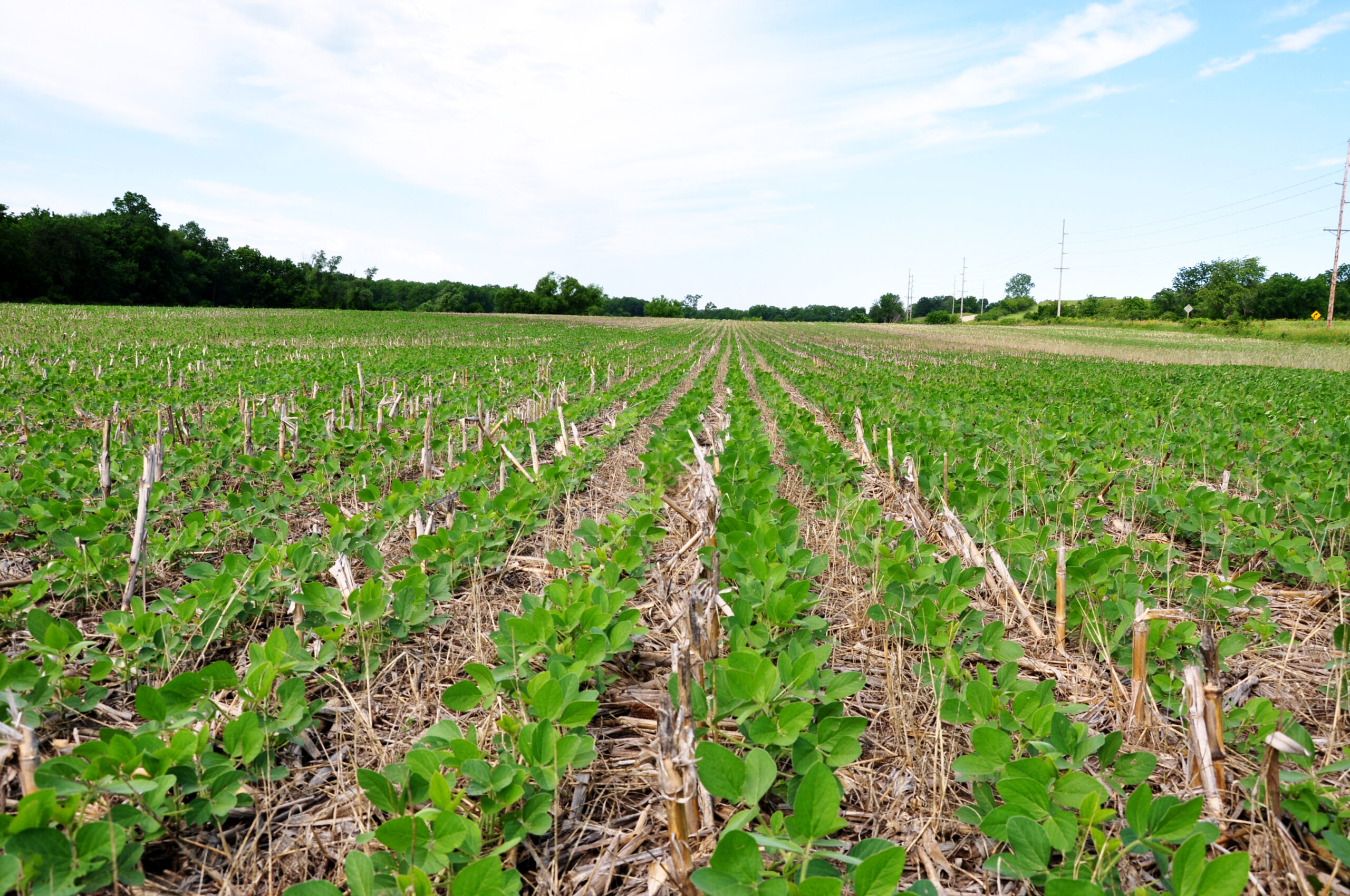Developing a Conservation Plan

The Old Farmer’s Almanac for 2019 predicts Ohio will experience higher than average precipitation this summer. Of course, it’s almost impossible this far out to predict how much rain will come to the Buckeye State and how it will affect soybean farmers, but one way to prepare for heavy rain is to create a conservation plan.
A conservation plan is a tool for farmers and ranchers to better maintain the natural resources on their land. They differ slightly from nutrient management plans in that conservation plans focus on ways to improve pest management, soil health and yields while reducing energy and input costs, rather than controlling nutrients.
Getting and implementing a conservation plan is completely voluntary, but it has several benefits, including an increased economic return on the operation, improved soil quality and plant production, better weed control, and improved air and water quality.
The first step in getting a conservation plan is to contact a local Soil and Water Conservation District office. There is no cost to create a conservation plan. Services are provided by the U.S. Department of Agriculture Natural Resources Conservation Service in cooperation with a farmer’s local district.
Farmers will be asked to share their crop sequence, or the crops they’re planning to grow in each field. They’ll also need to provide information about how the land is farmed, what kind of tillage is done with what equipment, and future crop and livestock plans. It is important to remember that conservation plans are protected by the Freedom of Information Act and creating a plan does not provide public access to a farmer’s property or information.
An NRCS conservationist will visit the farm to conduct an in-person field-by-field evaluation of the soil, water, air, plant and animal resources on the farm. Then he or she will suggest options to address any concerns, with a timeline to introduce those measures. These practices will be recorded as part of the official conservation plan, which is kept confidentially at the NRCS office. If a farmer decides to make changes to the plan based on changes in market, weather or technology, he or she will need to contact the office to make any official changes.
According to the NRCS Ohio website, a complete conservation plan will include:
- A farmer’s determined goals and conservation decisions
- Aerial photographs of the land
- Soils map, soil descriptions, and other resource inventory data, such as forage or crop production potential
- Location and schedule for applying conservation practices and systems
- Maintenance information for installed conservation measures
- Detailed information on how to carry out specific management decisions.
Ultimately, the timing and extent that a farmer implements a conservation plan is completely up to each individual. Many of the suggested changes, like changing crop rotation or contour farming, often do not require a financial expense, only a change in farming practices. Others, like grassed waterways, might need an additional investment, but many of these costs can be offset through federal, state and local cost-sharing programs.
